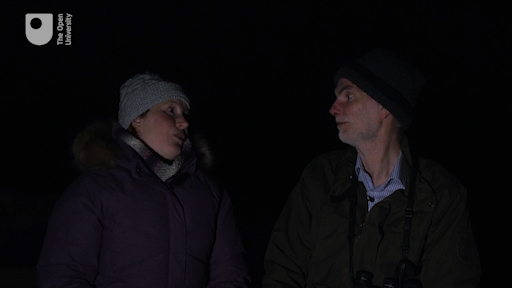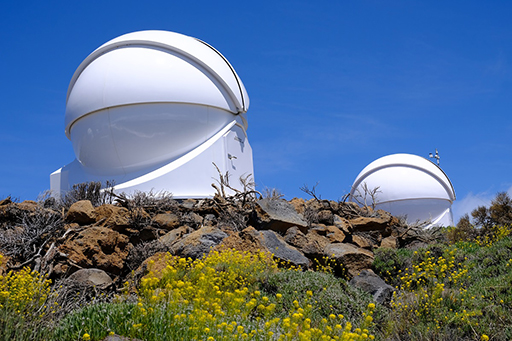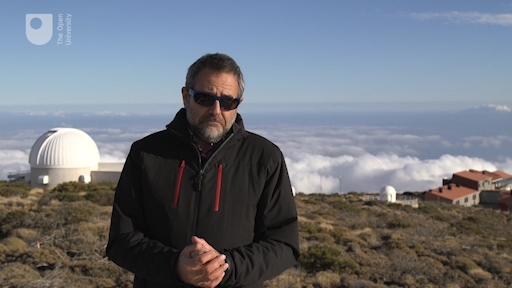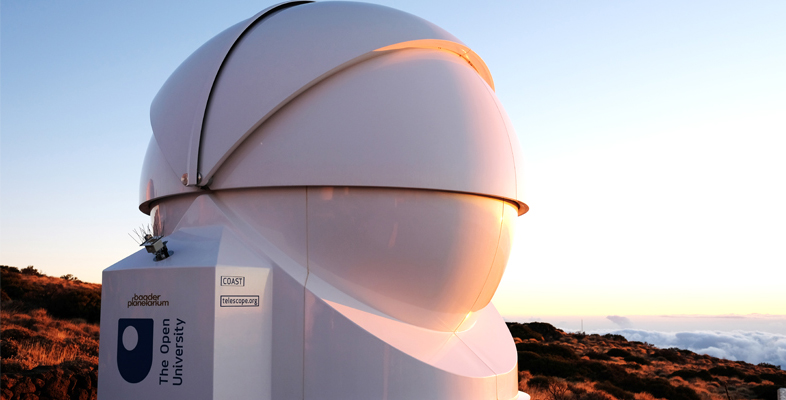Week 1: The night sky
Introduction
Welcome to Astronomy with an online telescope. If you have ever looked up at the night sky and wanted to know more about the stars, galaxies and other celestial objects in the universe, then this course will help you to find your way around and develop a deeper understanding.

Transcript
During the course you will have the opportunity to use a powerful telescope located in Tenerife to take your own images of some of these objects. This telescope, known as COAST, is one of two telescopes in Tenerife that form part of the Open University’s OpenScience Observatories.

The COAST telescope that you will be using sits alongside many professional instruments from around the world at the Observatorio del Teide in Tenerife. Dr Miquel Serra-Ricart, an astronomer from the Instituto de Astrofísica de Canarias (IAC) and administrator of the Teide observatory, gives an introduction to the site and to the various telescopes and facilities there.

Transcript
Throughout history people have studied the heavens, first with simple visual observation and then with the aid of optical instruments such as telescopes and binoculars. In recent times, computers and imaging technology have extended our ability to reach further into the Universe. You will learn to use all of these techniques as you work through this short course.
In this first week of the course you will start to find your way around the night sky with the aid of a powerful software package called Stellarium. This is a free-to-use program that provides a detailed representation of the night sky as seen from any location in the world. Using this software you will be able to identify the patterns of the constellations, understand the apparent movement of the sky with the seasons and throughout the night, and use the system of celestial coordinates to find and specify the position of individual objects in the night sky.
By the end of this week you will be able to:
- use Stellarium to identify a number of prominent stars and constellations
- use Stellarium to identify which celestial objects are visible from your location at any given time and date
- use Stellarium to identify which objects are visible from the location of the COAST telescope in Tenerife in order to plan your observations
- understand the use of celestial coordinates to find objects in the night sky and understand how these coordinates will be used later in the course to control the pointing of the telescope.
